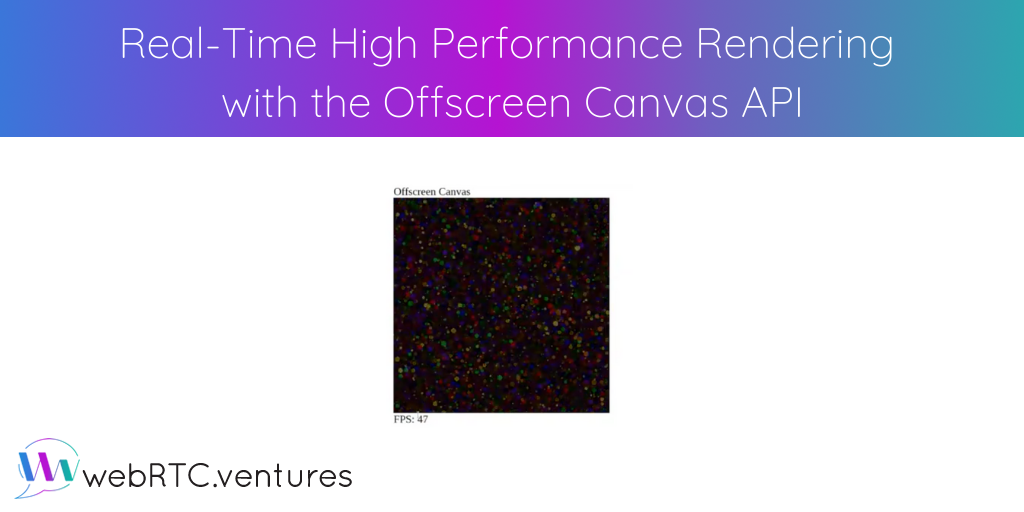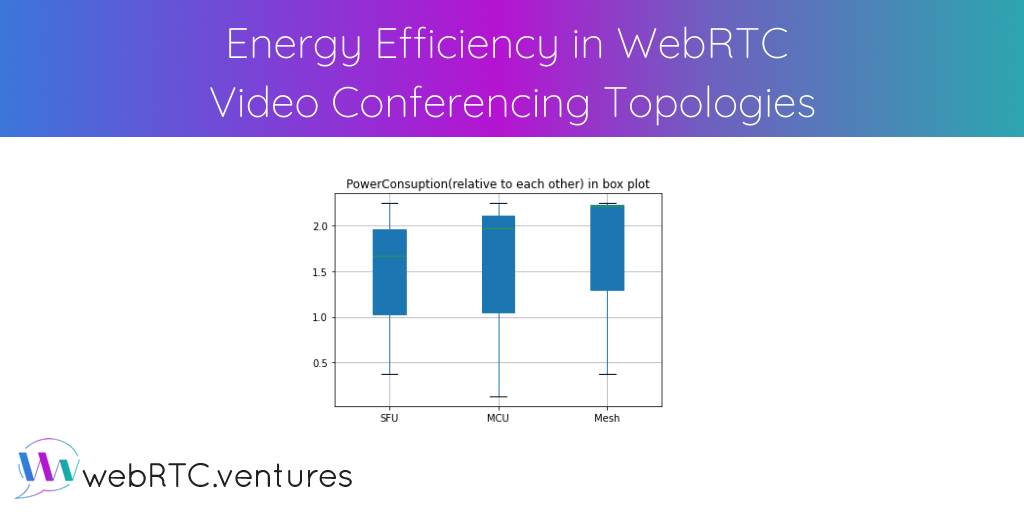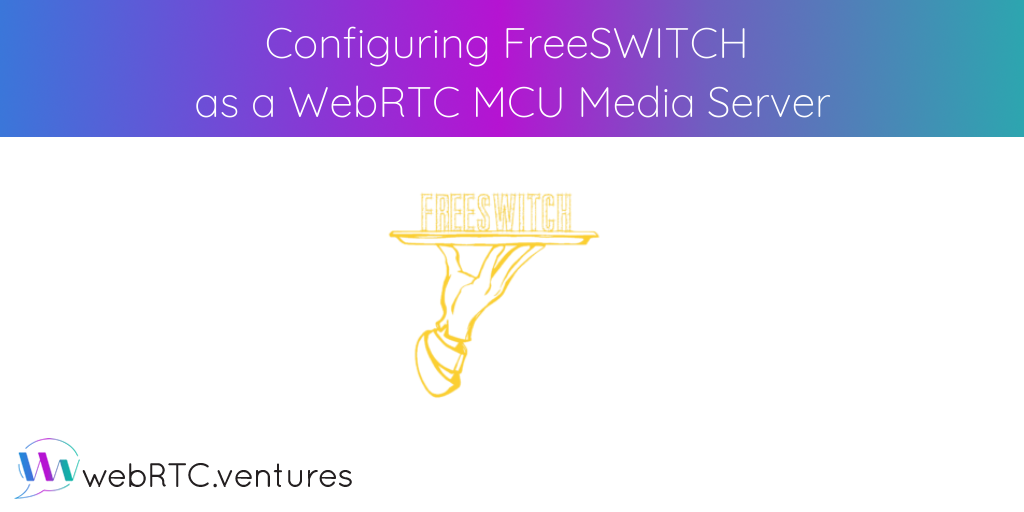
The Offscreen Canvas API allows for performance enhancements and some interesting techniques that will become more and more a part of WebRTC applications being built now and in the future. By offloading heavy media processing off of the main Javascript thread, high resolution or graphically intensive applications can be provided directly in the browser, without affecting the user’s experience.

Mesh, MCU, or SFU architectures help scale WebRTC for group calls. There are advantages to each, depending on the use case and concerns around quality, cost, and network congestion. But how does each compare in terms of energy efficiency? In her last post of the series, Altanai Bisht compares server side and client side consumption in these different topologies.

MCUs are time-tested approaches to setting up conferences via bridges. Conference bridges add centralized call and media features like mixing, quality control, secure PIN-based access, and more. They are also ideal for connecting mixed streams with media pipelines for recording, broadcasting or plugging into machine learning models. Altanai shows us how to configure FreeSWITCH as a WebRTC Multipart conferencing server using a video mixer and conference bridge.

For our 64th episode of WebRTC Live, Arin welcomed back Lorenzo Miniero, Chairman of Meetecho and Founder of the Janus media server to discuss the technical challenges in implementing fully hybrid meeting such as March 2022’s IETF 113 Conference.






